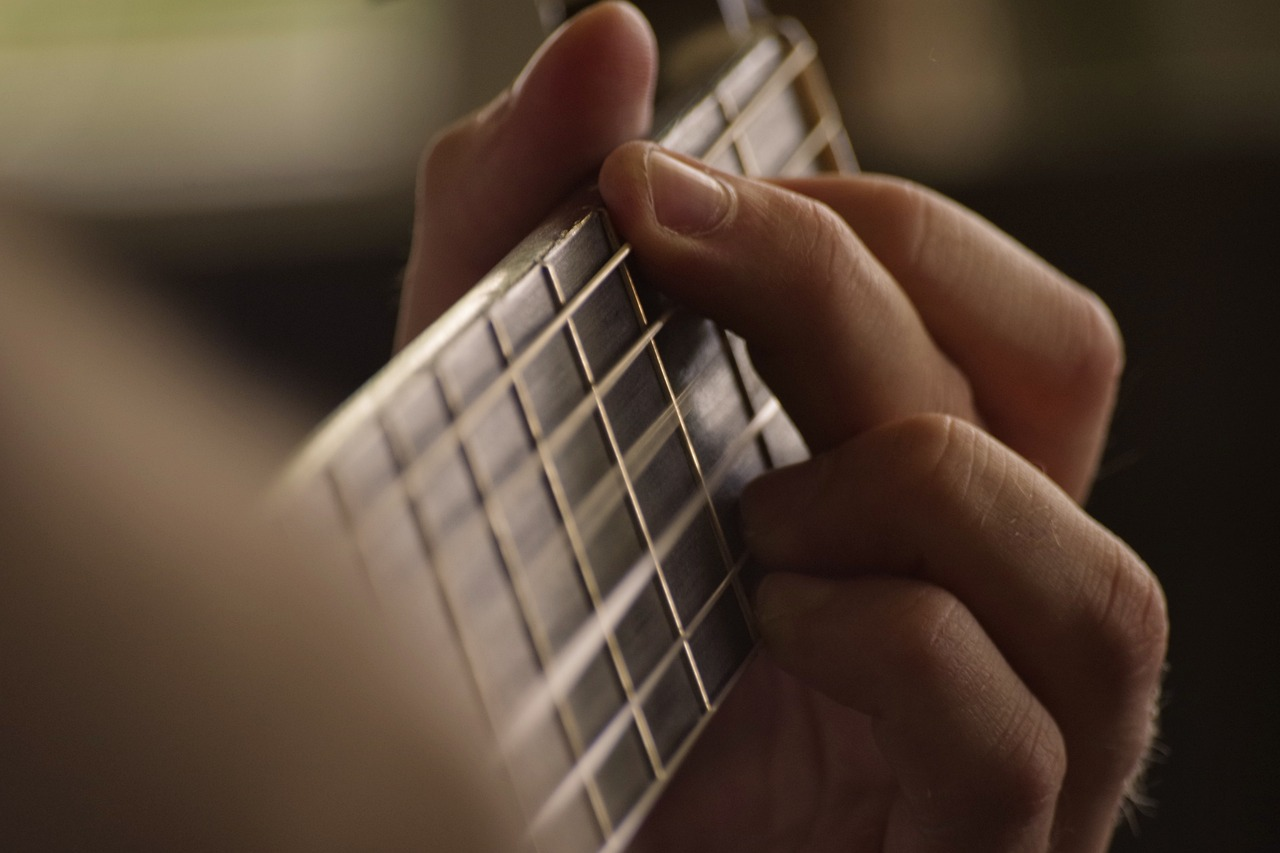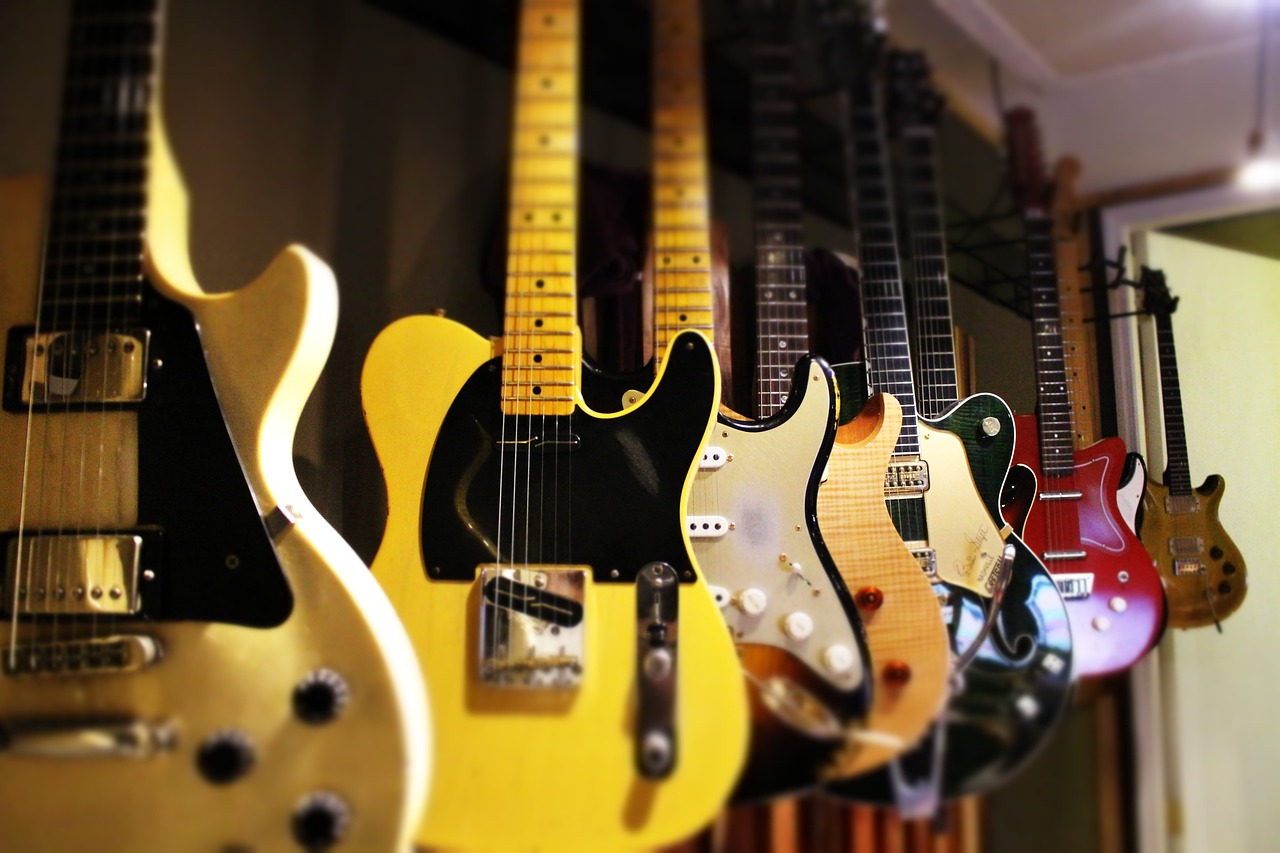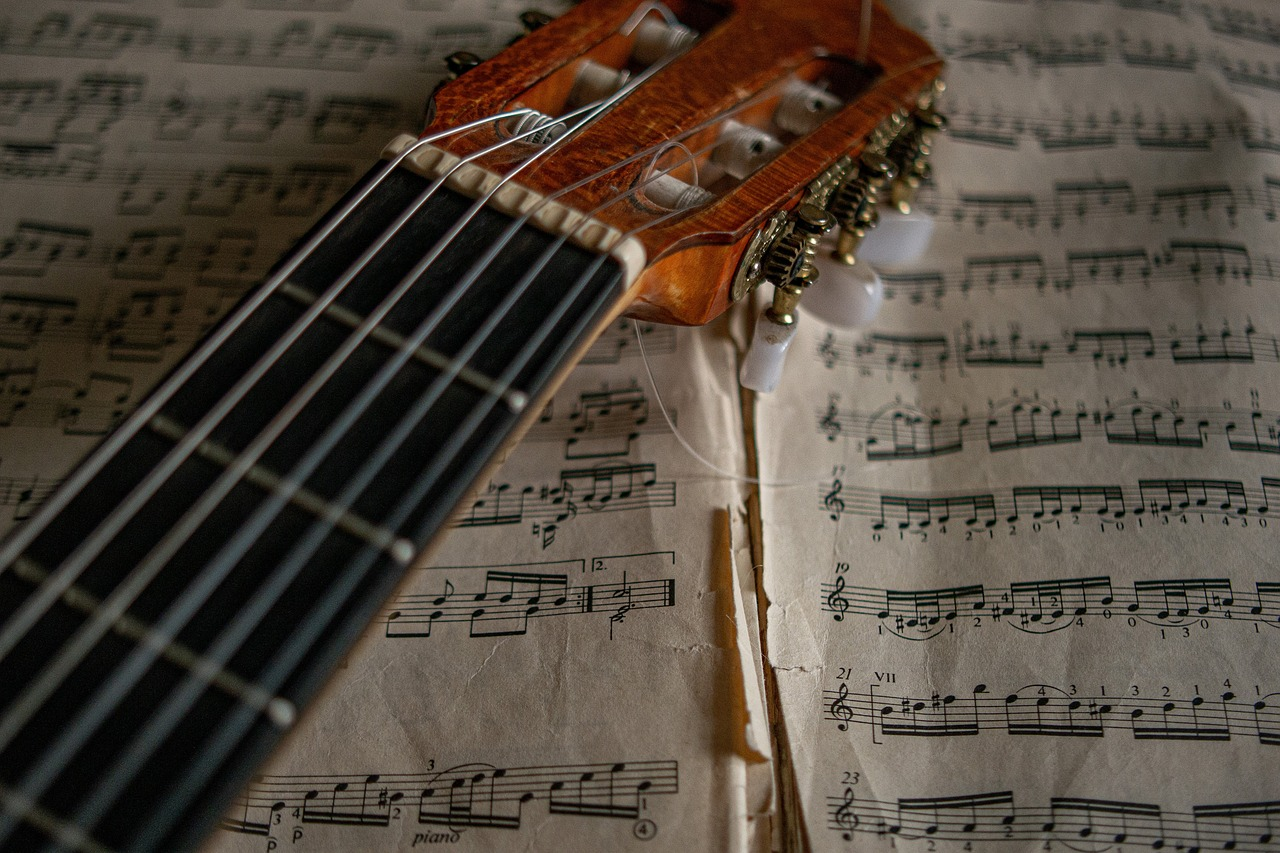DSUS 4 Guitar Chord – One Of A Kind
The guitar has been celebrated for a very long time as an instrument that defies categorization because it enables performers to transform their feelings into mesmerizing melodies, suspended chords, and harmonies. The Dsus4 chord is one of the chords with an attraction reminiscent of the mystical.
The Dsus4 chord is a remarkable modification of the D major chord since it incorporates a one-of-a-kind combination of primary and suspended tonalities in one finger. This chord may be found by changing the third degree of the D major chord from d sus to a d sus-4.

It has a quality that draws in the listener’s attention and lends a touch of tension to compositions, which intrigues both the listener and the performer in equal measure.
In our blog for today, we will take a trip into the enchanted world of guitar chords theory and practice theory, and we will unveil the melodic power concealed within the alluring Dsus4 chord.
Understanding Dsus 4 Guitar Chord

An enticing variant of voicing the D major chord referred to as the Dsus4 minor chord (abbreviated from “D suspended fourth”), notes that the Dsus4 minor chord is an abbreviation for “D suspended fourth.”
The suspended fourth interval intervals, which provide the chord with a sense of suspense and mystery, distinguishes it from its major analog and set it apart as a distinct musical entity. The central third is juxtaposed with intervals of the perfect fourth, which results in a fascinating sound impact that keeps listeners craving for resolution. This tension is created as a result of this juxtaposition of intervals.
Meanwhile, the inclusion of the tonic note (D), the perfect fourth (G), and the fifth (A) of the D major scale, all of which are included in the Dsus4 chord, paves the way for an enormous variety and scale of melodic possibilities.
Breakdown of The Dsus 4 Guitar Chord Tones

The Dsus4 chord is a gateway to unlocking new harmonic dimensions and adding a charming touch to your musical arrangements. Its unique blend of important notes, minor chords, and suspended tonalities creates various notes with an atmospheric quality that can evoke multiple emotions in listeners.
Whether you want to create a reflective ballad, an uplifting anthem, or something entirely different, the Dsus4 chord invites you to explore and express yourself through its captivating melodic qualities.
That said, let’s take a look at how it’s played.
- Placing Your Fingers Right

To hear and create the Dsus4 chord, you need to place notes with your fingers on specific finger positions on frets and strings to hear and produce the desired sounds.
- To begin, place your index finger on the second fret of the G string. This fret corresponds to the note D, which is the root note. This, in turn, establishes the fundamental structure of the chord.
- Next, position your middle finger so it rests on the third fret of the B string. This is the exact location of the perfect fourth interval, note G.
- To finish off the chord, place your ring finger on the third fret of the high E string. This will complete the chord with the fifth note, A.
- Now that your fingers are in place, you are prepared to discover the fascinating tonality that the Dsus4 chord has to offer.
- Bringing Life To Your Playing Via Strumming
After establishing a secure grip and position on the fretboard with your fingers and keys, it’s time to bring and hear the chord to life by strumming it.
- To accentuate the unique quality of the sound produced by the Dsus4 chord, begin strumming at the D string and work your way down, taking care to strike each line in turn.
- The notes D, G, and A are allowed to stand out more than usual because of this method, which highlights the distinctive tonal features of the chord.
- Following that, explore the expressive potential of the Dsus4 chord further by playing with various strumming patterns and varying the intensity of your playing.
You’ll gain the self-assurance to play the Dsus4 chord and access the exciting melodic possibilities it offers once you’ve gained knowledge of the finger placement and strumming method.

It’s also important to note that this chord can be found in various musical styles, such as folk, pop, rock, and jazz. Whereas due to its adaptability, it is a valuable tool for guitarists and songwriters who want to add a touch of tension and melodic enticement to one finger in their works.
Essential Notes in the Dsus4 Chord

There are specific keys and notes in the Dsus4 chord that are particularly important to its sound, despite the fact in theory that all notes and all of the notes in the dsus4 guitar chord contribute to its overall personality.
Here’s what you might need to look for:
- The note D, which serves as the chord’s root, is the foundation, which anchors the chord and grounds the chord’s melodic character.
- The perfect fourth, G, introduces a sense of suspense and anticipation into the mix, producing a need that can be satisfied by the major third, F#, in the D major chord’s resolution.
- Last but not least, the fifth, note A, provides the chord with solidity and richness, thereby enhancing the chord’s depth of harmonic texture.
And, because of the intricate interweaving of these sounds, a world of musical possibilities is unlocked for you, encouraging you to experiment with various musical styles and make tunes that move the spirit.
Songs That Employed The Dsus 4 Guitar Chord

The Dsus4 chord has been featured in numerous songs across various genres, adding its unique tonal flavor to classical music and compositions. Here are a few notable examples of pieces in classical music that incorporate the Dsus4 chord tones:
- “Wonderwall” By Oasis
The timeless song “Wonderwall” by Oasis is a perfect example of the melodic potential of the Dsus4 chord. The Dsus4 chord, along with minor and other minor chords, is included in the chord progression used in the song’s verse, chorus, and bridge sections.
This helps create a sound that is both ageless and compelling, which has resonated with audiences for decades.
- “Hey, There Delilah” By Plain White T’s
The acoustic backdrop of Plain White T’s song “Hey There Delilah” features the chord Dsus4, which adds a touch of warmth and sweetness to the overall sound of the instrumentation.
Adding the chord amplifies the emotional depth of the song’s lyrics and contributes to the overall heartfelt quality of the composition.
- “Boulevard of Broken Dreams” By Green Day
The Dsus4 chord is heavily included throughout “Boulevard of Broken Dreams” by Green Day, contributing to the song’s melancholy and contemplative vibe. The song is now featured at the top of the charts, regardless of year or time.
The tension and release provided by the chord work wonderfully to accompany the lyrical themes of seclusion and yearning.
- “Wish You Were Here” By Pink Floyd
The recognizable guitar riff that opens up the timeless ballad “Wish You Were Here” by Pink Floyd is played over a Dsus4 chord. The selection of these chords generates a forlornly beautiful and melancholy ambiance that strikes a chord with the listeners.
- “Blackbird” By The Beatles
In “Blackbird,” The Beatles employ the Dsus4 chord to create a delicate and intricate fingerpicking pattern. This song beautifully showcases how the Dsus4 chord can enhance the emotional depth and complexity of composition.
About Zager

While picking up the guitar may seem impossible at first, the Zager Guitar lesson library collection is a fun, cutting-edge solution making it easier to play it than ever before. To become a skilled musician using a method like Denny’s, which emphasizes ear training over practice and hand technique over theory, is like solving a complex problem.
However, Denny’s strategy may also be helpful for newcomers. One of the oldest guitar makers in the world examined Zager Guitars made with Denny’s technology and declared it “the easiest playing guitar they had ever tested.”
So, if you follow Denny’s plan, which is quite user-friendly, you’ll look, feel, and sound like a seasoned pro in no time!
FAQS
What Makes The DSus4 Chord Different From a Regular D Major Chord?
The DSus4 suspended chord adds a dash of intrigue! Unlike the traditional D major chord, the DSus4 chord introduces the first suspended chord and fourth interval, which creates a tension-filled, captivating sound. It’s like adding a secret ingredient to your musical recipe!
Can I Use The DSus4 Chord As a Substitute For Other Chords?
While the DSus4 chord has its unique sound, it can be a delightful substitute for the regular D major chord or even other d’ or d sus chords or d sus’ chords. Feel free to explore its harmonic possibilities and experiment with different chord progressions to create captivating musical moments.
What Other Chords Can I Combine With The DSus4 Chord to Create Interesting Harmonies?
Consider pairing the DSus4 chord with its close cousin, the Asus2 chord, for a dreamy and reflective atmosphere. You can also explore chord progressions incorporating the G, A, and D major chords to create rich and compelling harmonies.
